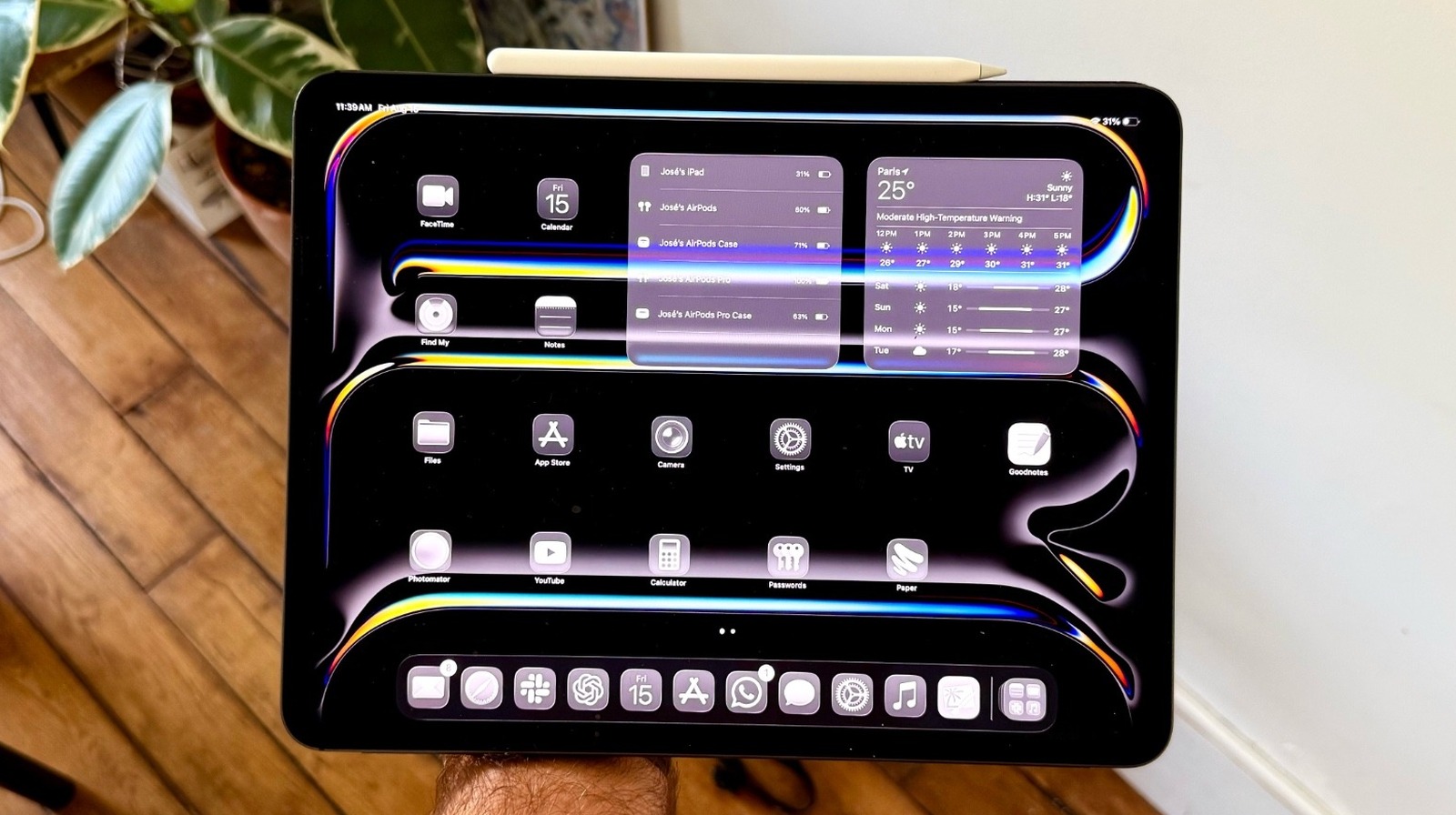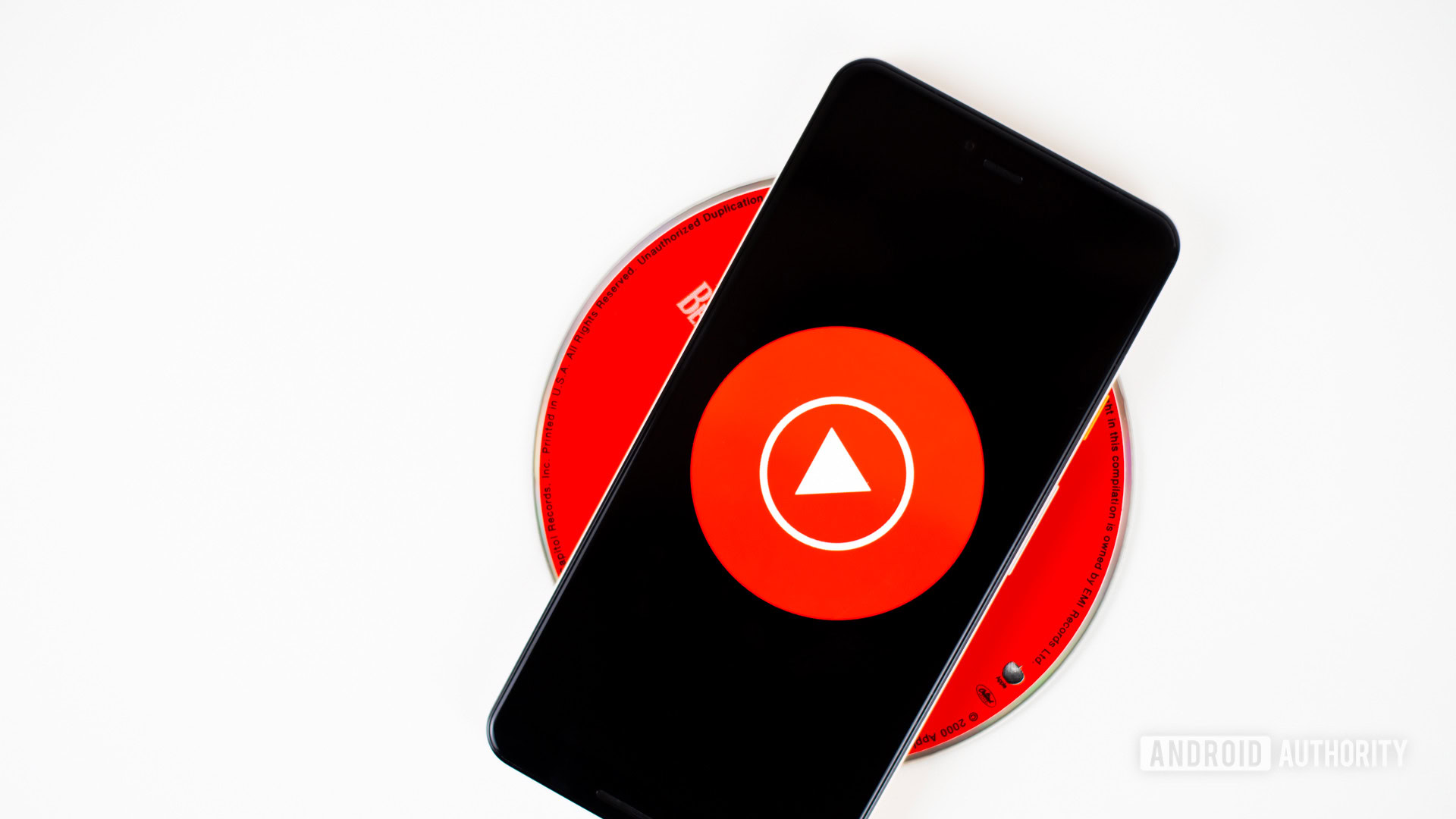935.4 kilometers without recharging the battery. That is the record that has achieved a conventional Polestar – in its version of a single engine – thus demonstrating that it is possible to make very long trips without going through a recharge point. The secret is from the record is obvious, yes.
Superdespace. To travel all those kilometers the technique was simple: to go very slowly. In fact, the average speed was less than 40 km/h, and took no less than 22 hours and 57 minutes to complete the task. The publicized autonomy by Polestar for this model in its unique motor version is 706 km, so here they managed to lengthen it 32.5%.
Three professional drivers. The tests were performed in the United Kingdom, where three drivers specialized in efficient driving were turned to achieve that milestone. The final consumption reached was 12.1 kWh per 100 km, which represents a saving of about 40% compared to conventional driving.
Without tricks. This Polestar 3 achieved that autonomy without using special equipment: both the car and the wheels were the same as one obtains when it takes the concessionaire’s car. However, it is possible to go further if some modifications are made.
If you also have the car, you can go even further. A few days ago Chevrolet modified a Silverado WT truck and put a huge 205 kWh battery (the polestar 3 is 111 kWh). They also placed old wheels with overpressure and 40 drivers turned to drive it around Detroit.
They managed to travel 1,704 km with a single load, and as in the case of Polestar 3 the average speed did not exceed 40 km/h. The consumption on that journey was 12.7 kWh at 100 km, an equally remarkable figure in which yes, influenced that they had the air conditioning without working for almost the entire route.
Baja is also worth it. In July a Lucid Air Grand Touring got his particular Guinnes record by traveling 1,205 kilometers with a unique load. The car has a battery with the same capacity as that of the Polestar 3 (111 kWh), and toured the distance between St. Moritz and Munich. Although the car was a conventional model, the lucid benefited from both efficient driving and the energy regeneration system in braking and slopes: that route was full of them, but it was also descending mostly.
The key is not the battery, they are the consumption. Although obviously the battery capacity influences the autonomy of electric cars, further influences the consumption of each model. The Mercedes Vision EQXX, for example, achieved a previous record when traveling 1,010 km without recharging at 79.4 km/h on average … and had another 392 kilometers in those conditions.
The secret is that this approval model 7.4 kWh consumption at 100 km, while for example a tesla 3 rear -wheel drive homologous 13.2 kWh at 100 km. Aerodynamics helps, but if things are added to consumption as an efficient driving and low speed, those figures rise significantly.
Absurd records. Although all these records are striking, they are also a marketing exercise for companies that logically try the same thing: that they talk (well) of them. Here we have messages that are also even absurd: going at 40 km/h for 23 hours has its reward in this case, but in real life it would be absolute torture.
The practical uselessness of these records – not only that of Polestar – is the same as the one who tells us how the Xiaomi Su7 beat all its competitors in Nürburgring last year: none of us are going to those speeds or drive in those circuits, but speed records are always striking. Putting these vehicles to the limit is fine, but it is important to contemplate these records with perspective.
Image | Polestar
In WorldOfSoftware | In 2017 Norway, it was proposed that 100% of the cars sold in 2025 were electric. Is about to get it












